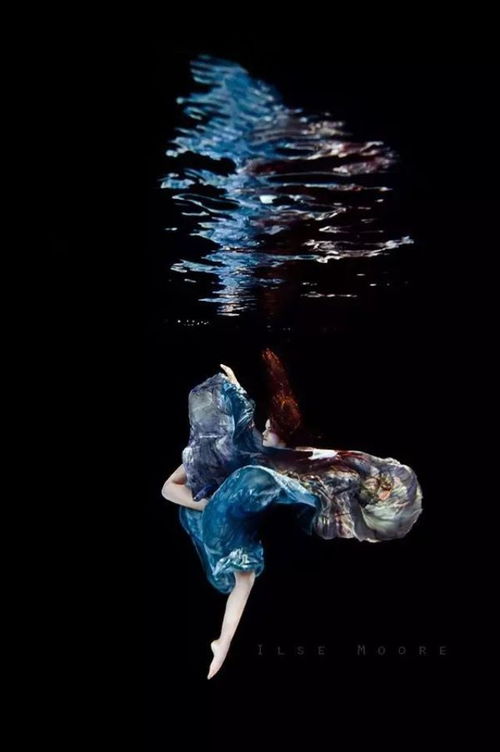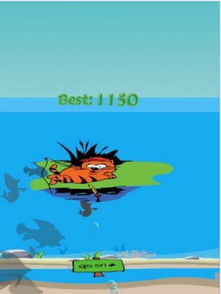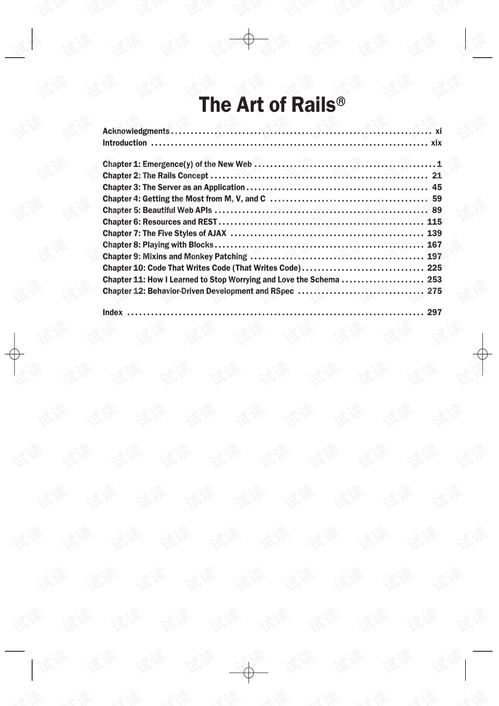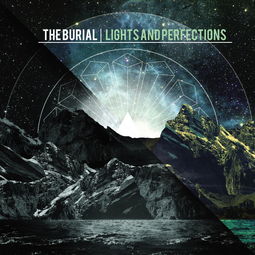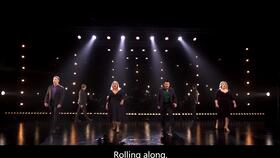Content:
Are you an avid angler looking to capture your fishing adventures on video? Filming your fishing trips can be a rewarding way to share your experiences, document your catches, and improve your angling skills. Whether you're a beginner or a seasoned angler, here are some essential tips to help you master the art of filming fishing.
Plan Your Shot
Before you start filming, take some time to plan your shot. Decide what you want to capture, such as the scenery, your fishing techniques, or your catches. Having a clear plan will help you stay focused and ensure you get the footage you want.
Choose the Right Equipment
Investing in the right equipment is crucial for capturing high-quality video. Here are some essential items to consider:
a. Camera: A high-quality camera with good image stabilization and a wide-angle lens is ideal for filming fishing. If you're on a budget, a smartphone with a good camera can also work well.
b. Tripod: A tripod will help you keep your camera steady and minimize shake, ensuring clear and crisp footage.
c. Memory Card: Make sure you have a high-capacity memory card to store your footage. It's always better to have more space than you think you'll need.
d. Waterproof Case: If you're filming in wet conditions, a waterproof case for your camera will protect it from damage.
Position Your Camera
To capture the best possible footage, position your camera strategically. Here are some tips:
a. Angler's Perspective: Place your camera at eye level to capture the angler's perspective. This will help viewers feel like they're on the water with you.
b. Scenery: Use a wide-angle lens to capture the beautiful scenery around you. This will give viewers a sense of the environment and make your video more engaging.
c. Action Shots: Use a higher vantage point to capture action shots, such as casting or reeling in a fish. This will help showcase your fishing techniques.
Frame Your Shots
When filming, it's essential to frame your shots effectively. Here are some tips:
a. Rule of Thirds: Divide your screen into nine equal parts using two horizontal and two vertical lines. Place the subject of your shot at the intersections of these lines to create a more visually appealing composition.
b. Leading Lines: Use natural elements, such as water, rocks, or trees, to guide viewers' eyes through the scene.
c. Close-Ups: Capture close-ups of your fishing equipment, such as your reel, rod, or lure, to showcase your gear and techniques.
Sound Quality
Good sound is just as important as good video. Here are some tips to ensure your audio is clear and crisp:
a. Use a shotgun microphone: A shotgun microphone will help you capture sound from a distance, making it easier to capture the sounds of the water, birds, and other natural sounds.
b. Minimize background noise: Turn off any electronic devices and try to film in a quiet area to reduce background noise.
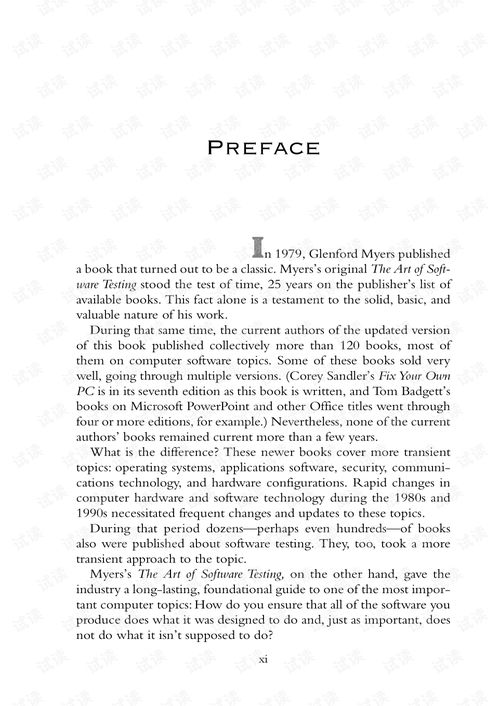
c. Use a windscreen: A windscreen will help reduce wind noise and ensure your audio is clear.
Edit Your Footage
Once you've captured your footage, it's time to edit it. Here are some tips to help you create a compelling video:
a. Trim and organize: Remove any unnecessary footage and organize your clips in a logical order.
b. Add transitions: Use transitions to smoothly move from one scene to another. Avoid using too many transitions, as this can make your video look cluttered.
c. Add music and sound effects: Music and sound effects can enhance the mood of your video and make it more engaging.
d. Add text and graphics: Use text and graphics to provide additional information, such as the date, location, or species of fish.
In conclusion, filming your fishing adventures can be a rewarding way to share your experiences and improve your angling skills. By following these tips, you'll be well on your way to mastering the art of filming fishing. Happy filming!
